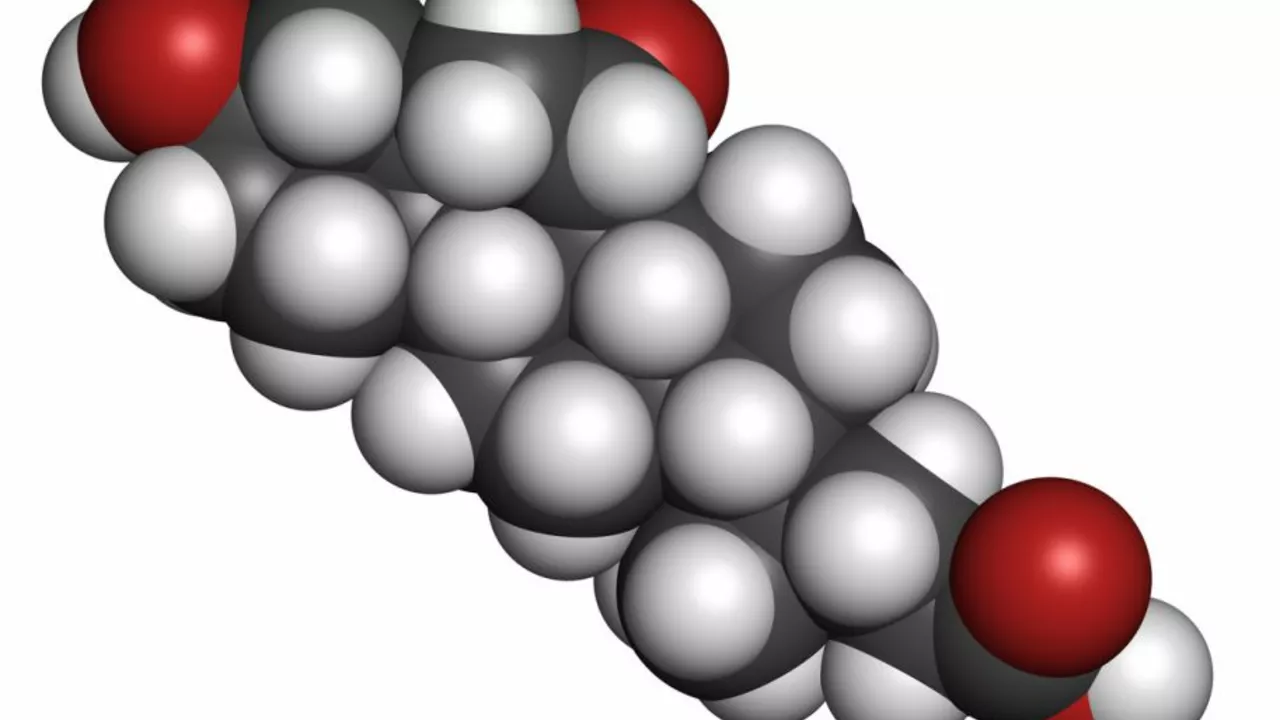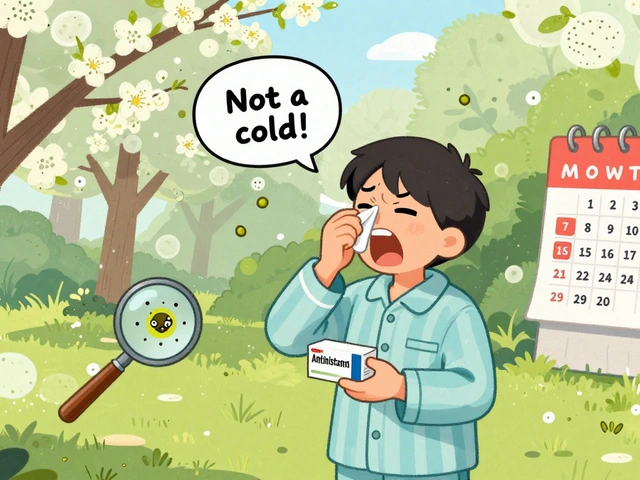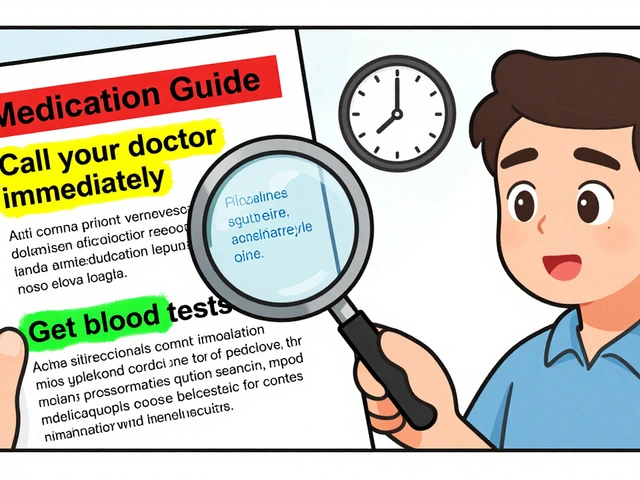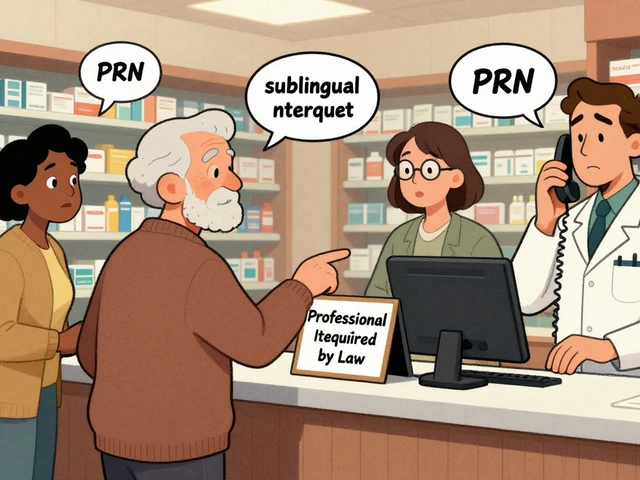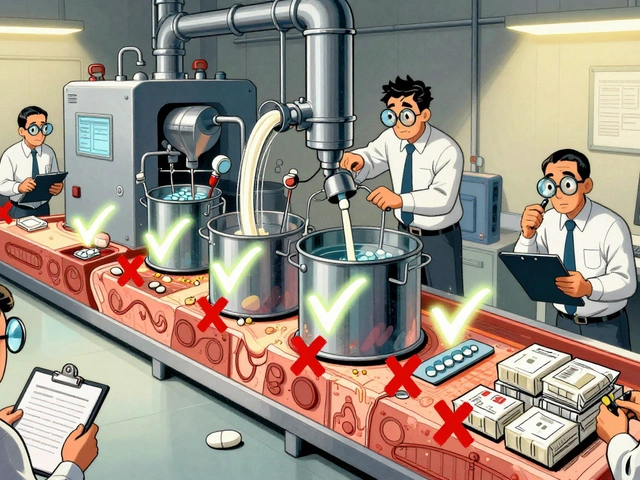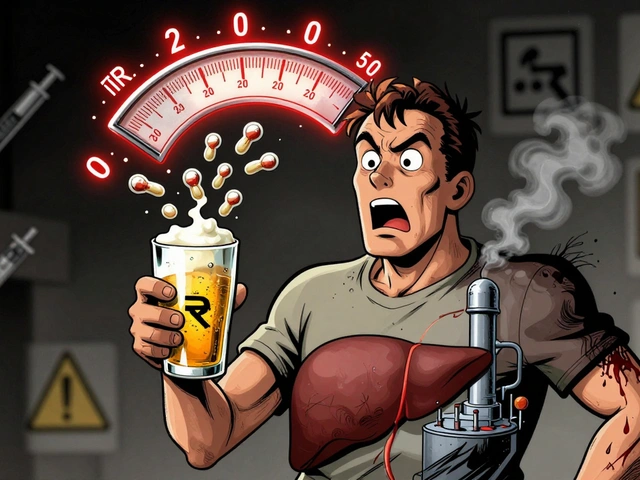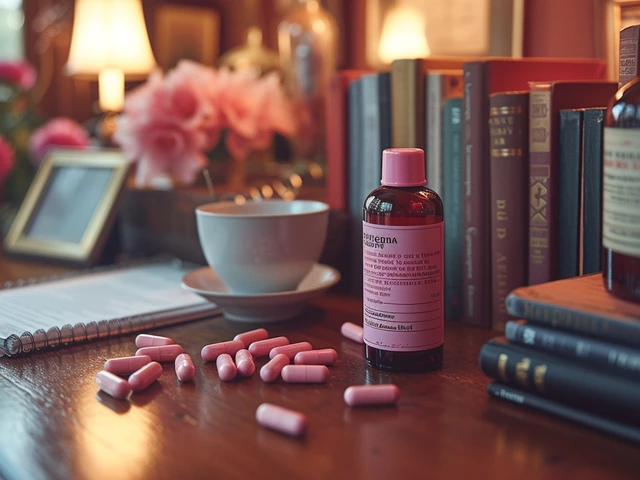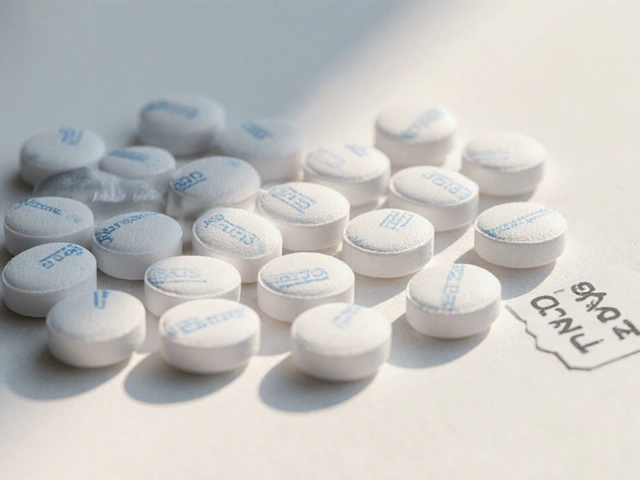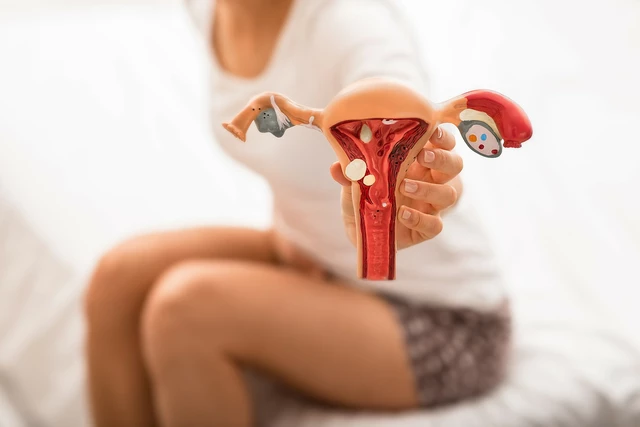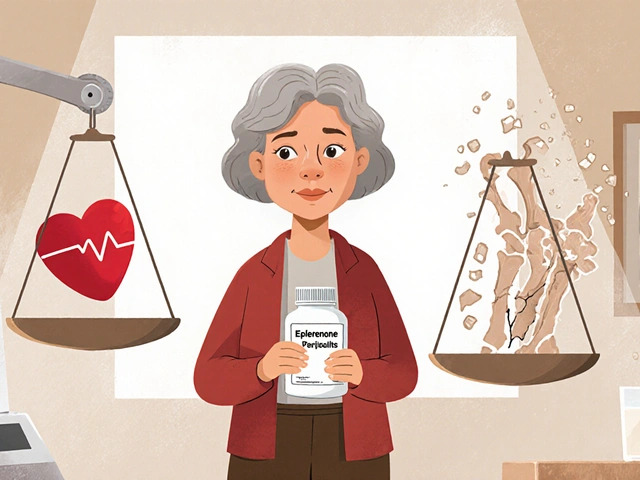Gallstone Treatment Guide – What Works and When
Gallstones are solid bits that build up in your gallbladder, often popping up after a fatty meal. If you’ve ever felt sudden right‑side pain, nausea, or back aches after eating, you might be dealing with them.
How to Know You Have Gallstones
The first sign is usually a sharp ache under your rib cage that lasts from a few minutes to several hours. Some people also get fever, yellow skin (jaundice), or vomit bile. An ultrasound or CT scan can confirm the stones in minutes, so don’t guess – get checked.
Medical Treatments You Can Expect
The most common fix is a laparoscopic cholecystectomy, where surgeons remove the gallbladder through tiny cuts. It’s quick, you usually go home the next day, and it prevents stones from coming back. If surgery isn’t an option, doctors might try oral bile‑acid pills like ursodiol to dissolve small cholesterol stones over months.
In rare cases where a stone blocks your bile duct, an ERCP (endoscopic retrograde cholangiopancreatography) can pull the stone out without opening the abdomen. This procedure is done under sedation and often relieves the blockage fast.
Non‑Surgical Ways to Manage Gallstones
If you’re not ready for surgery, diet changes can ease symptoms and sometimes shrink stones. Cut back on fried foods, full‑fat dairy, and red meat. Eat more fiber, leafy greens, and healthy fats like olive oil – they keep bile flowing smoothly.
Some people find relief with natural remedies such as apple cider vinegar, lemon juice, or herbal teas (dandelion, milk thistle). There’s no guarantee they’ll dissolve stones, but they can reduce inflammation and support liver health.
When to See a Doctor
If you get intense pain that lasts more than a couple of hours, have a fever, or notice yellowing eyes, call your doctor right away. Those signs could mean a blocked duct or infection, which needs urgent care.
Even if the pain is mild but keeps coming back after meals, schedule an appointment. Early detection lets you choose less invasive options before complications arise.
Quick Tips to Keep Gallstones at Bay
- Stay hydrated – water helps thin bile.
- Keep a healthy weight; rapid weight loss can actually trigger stones.
- Avoid crash diets; aim for steady, balanced eating.
- Exercise regularly – even light walking improves digestion.
Bottom line: gallstones are manageable. Whether you go the surgical route or try diet tweaks first, knowing your options lets you pick what fits your lifestyle best. Talk to a healthcare professional, follow up on any tests, and don’t ignore recurring pain – it’s your body asking for help.

